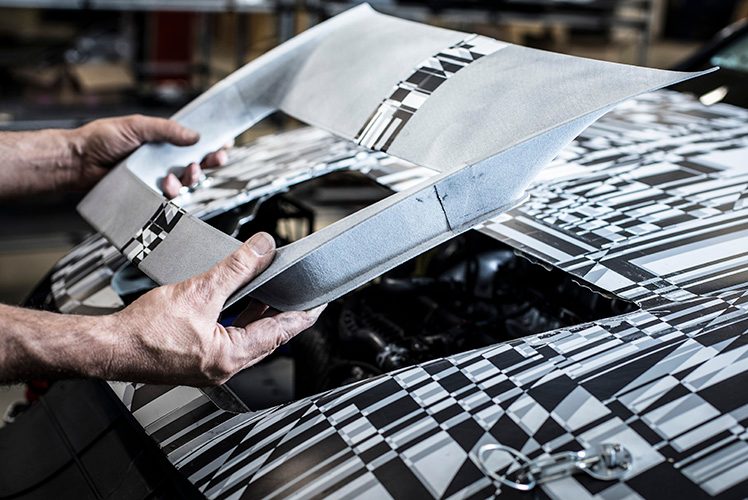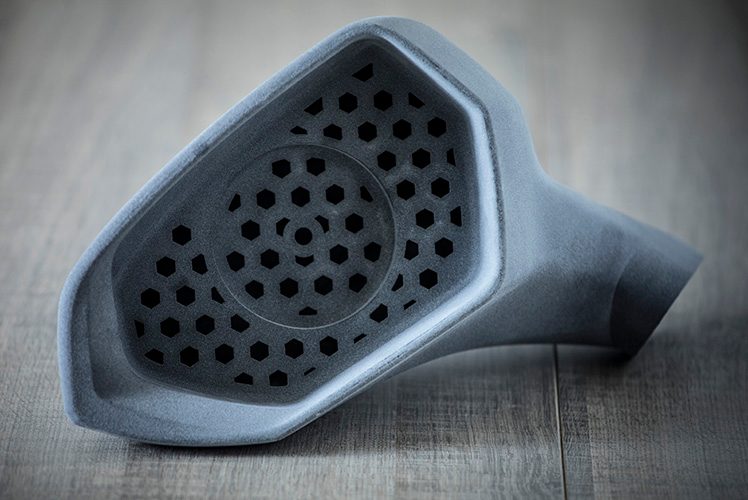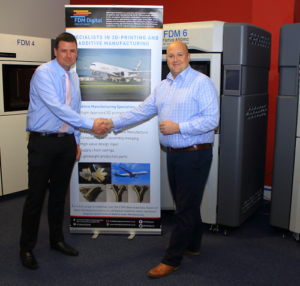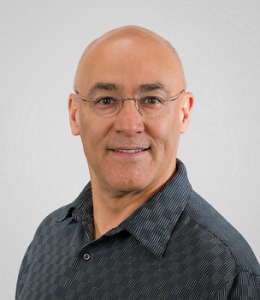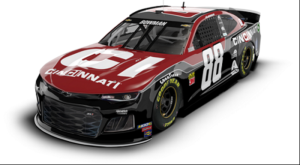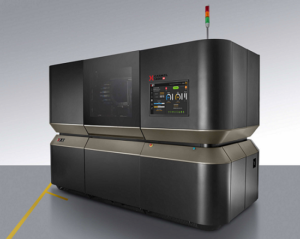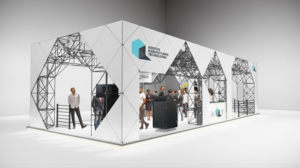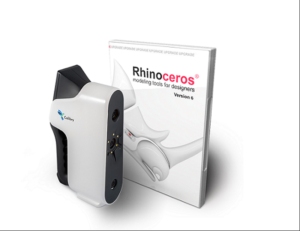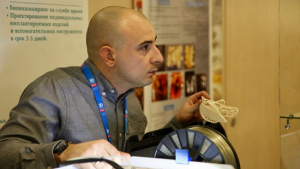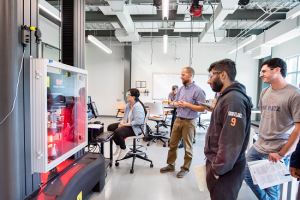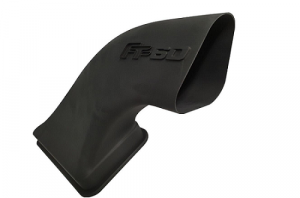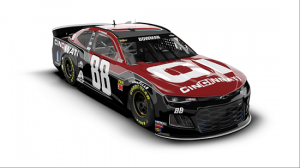Given its unique ability to produce small numbers of specialty components quickly and cost-effectively, it’s no surprise that 3D printing is being increasingly applied to the world of motorsports. The latest user is CUPRA Racing, the motorsports division of Volkswagen Group’s Spanish subsidiary, SEAT. To design, test and produce parts for its new Leon Competición, CUPRA relied on the Jet Fusion 5200 from HP.
To speed up the development of the CUPRA Leon Competición, the racer version of the new 2020 SEAT Leon, the design team turned to 3D printing. This made it possible to rapidly iterate and test new features, which was particularly important as the development of the racer and its production equivalent occur simultaneously. Therefore, any changes that were made during the design of the production Leon could be implemented in the Competición version. Parts printed by the team included the steering wheel’s center control module, the bonnet air vents, door mirrors and the brake and water-cooling inlets.
Racers have a variety of specifications that differ from traditional street vehicles. In the case of the TCR International Series of races, however, the door mirror actually must have the same shape as the production version of the car. The CUPRA team maintained the shape of the structure but added great functionality by incorporating an air intake that had the benefit of cooling the driver.

A component for the Leon Competición 3D printed using HP’s Multi Jet Fusion technology. Image courtesy of CUPRA.
Within the wind tunnel, the 3D printed parts were verified to ensure that they would perform with the same effectiveness as traditionally manufactured components. Testing was then carried to the track before the official release of the car on February 20, 2020, which coincides with the inauguration of the CUPRA Garage, the new headquarters of the racing brand.
The Leon Competición will hit the racing circuit on the Portimao track in Portugal, where the true quality of the 3D printed parts will be put to the test. Meanwhile, customers interested in purchasing the racer can be pre-booked, a first for touring race cars (heavily modified road cars). A batch of 10 units has been made available for pre-order and will be delivered at the CUPRA Garage in Barcelona, Spain in April 2020.
While 3D printing may be new to CUPRA, AM has been a standard feature of motorsports for some time. Other instances include McLaren’s use of Stratasys technology for track-side printing, Nissan’s implementation of 3D printing for prototypes and end parts, and Team Penske’s use of Stratasys’ new carbon fiber filament 3D printer for producing jigs, fixtures and prototypes. A long series of Formula 1 teams rely on AM, such as Ferrari, Alfa Romeo, and Sauber. Numerous student teams have relied on 3D printing for their own motorsports projects, as well.
Perhaps one of the more interesting examples is BMW’s use of metal 3D printing to water pump wheels for its German Touring Car Masters (DTM) vehicles. BMW began 3D printing this part using laser powder bed fusion back in 2010, replacing a multi-piece plastic assembly with a single-unit metal unit. As of 2015, BMW had 3D printed 500 water pump wheels for its DTM race cars and Z4 GT3 customer vehicles.
In fact, for a company as new to AM as HP, motorsports aren’t even all that new. An Aussie race team called Triple Eight announced its use of Multi Jet Fusion earlier this month.
The application of AM in racing is a natural one, given the high cost these high-performance parts would generate if made using conventional manufacturing methods. And, as the CUPRA team learned, 3D printing is capable of the rapid iteration necessary for designs in which every minor improvement could shave milliseconds off of the finish time. So, when it comes to motorsports, the question isn’t who is using 3D printing. It’s who isn’t?
The post HP’s MJF Shaves Seconds off CUPRA’s Leon Competición Racer appeared first on 3DPrint.com | The Voice of 3D Printing / Additive Manufacturing.

